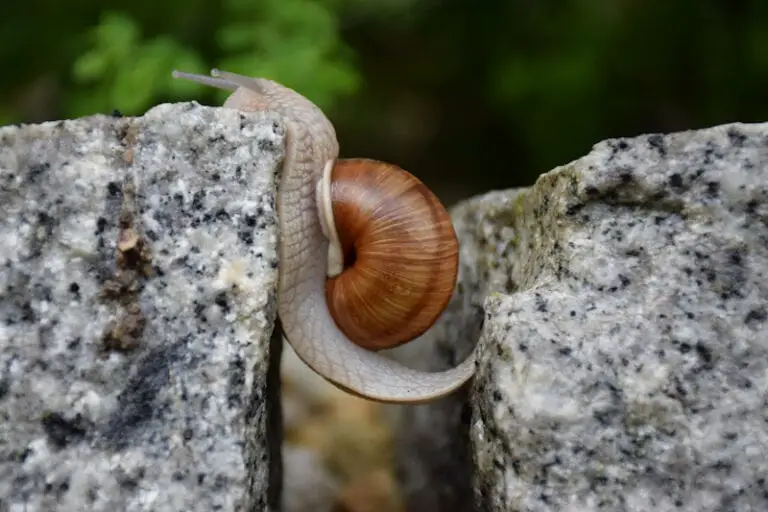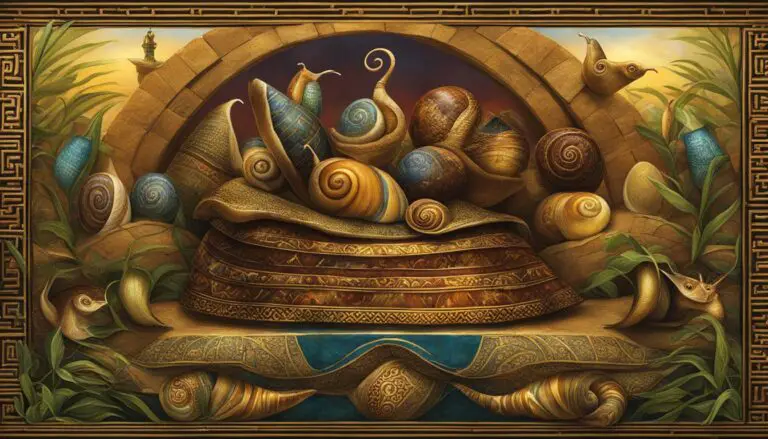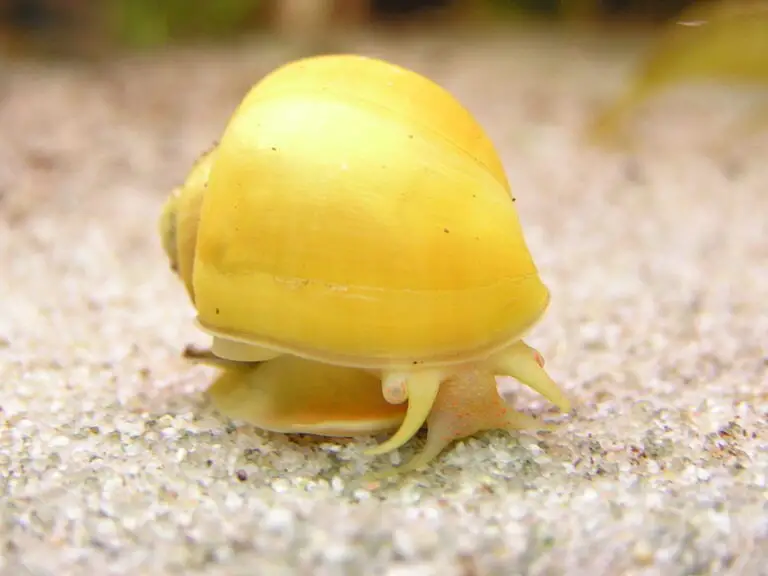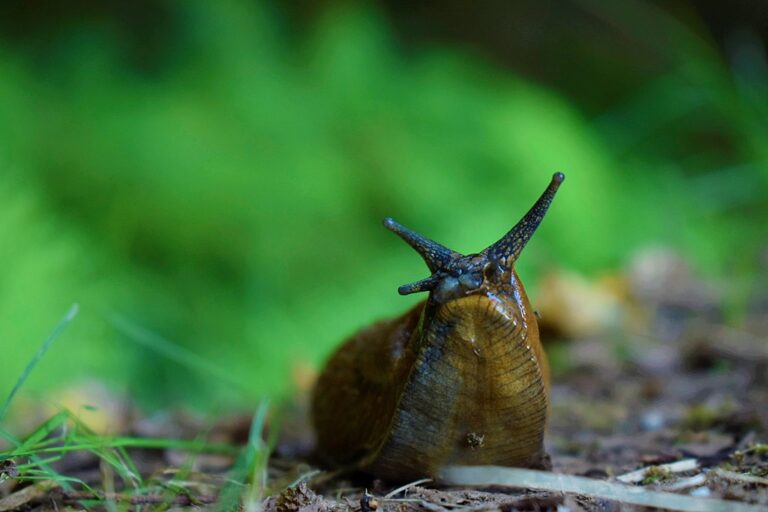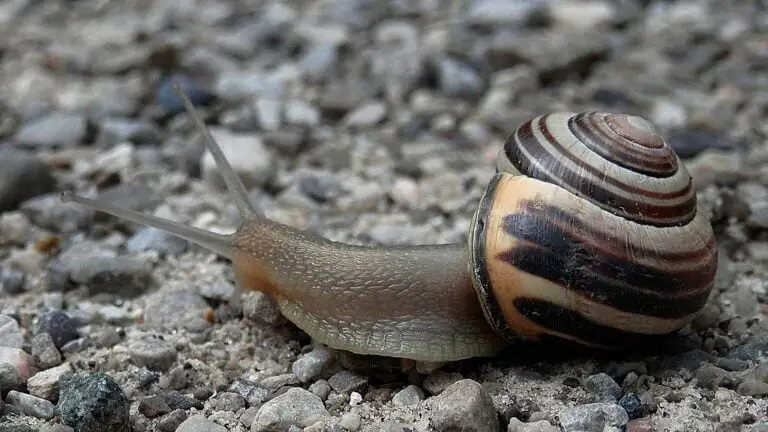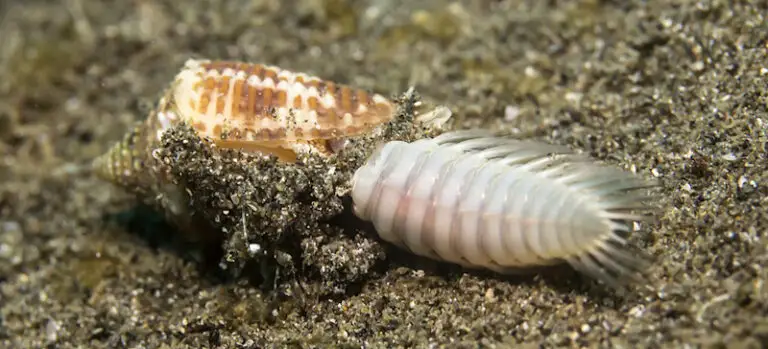Snail Names: From the Common to the Mythical
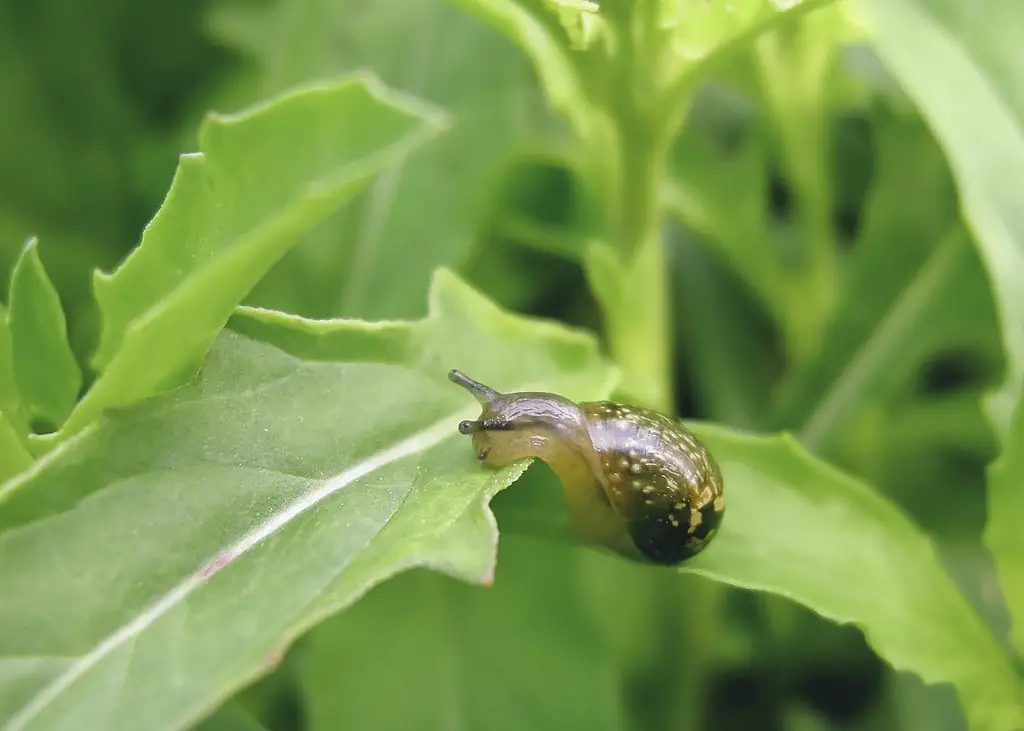
Have you ever considered the secrets hidden in a snail’s name? Beyond their slimy reputation, snails are fascinating creatures with rich symbolism, complex biology, and a remarkable impact on our world. In this blog post, we’ll explore the significance of snail names from the common garden snails to their counterparts in popular culture and the exotic ones you’ve probably never heard of.
The Importance of Snails in the Ecosystem
Before we dive in, let’s take a moment to appreciate these little creatures and their role in our ecosystem. Despite being small and often overlooked, snails play a vital role in maintaining ecological balance. They are decomposers, breaking down organic matter and enriching soil with essential nutrients.
Plus, they serve as an important food source for animals like birds, frogs, and turtles. But did you know that snails are also used in medical research?
The slime that they produce is being studied for its potential use in treating injuries and diseases like arthritis. Additionally, scientists are researching mollusks (of which snails are a part) to learn more about how they are able to regenerate their shells – something humans could potentially learn from for regenerative medicine.
Fun Facts About Snail Names
Now onto the fun stuff – snail names! Did you know that there are over 60,000 species of snails worldwide? With so many different types of snails out there, it’s no surprise that they have some pretty interesting names!
For example, there’s the common garden snail (Helix aspersa), also known as the brown garden snail (Cornu aspersum). These little guys can be found all over Europe and North America.
Then there’s the Roman snail (Helix pomatia), which is considered a delicacy in some parts of Europe. This large land snail has been eaten since ancient times!
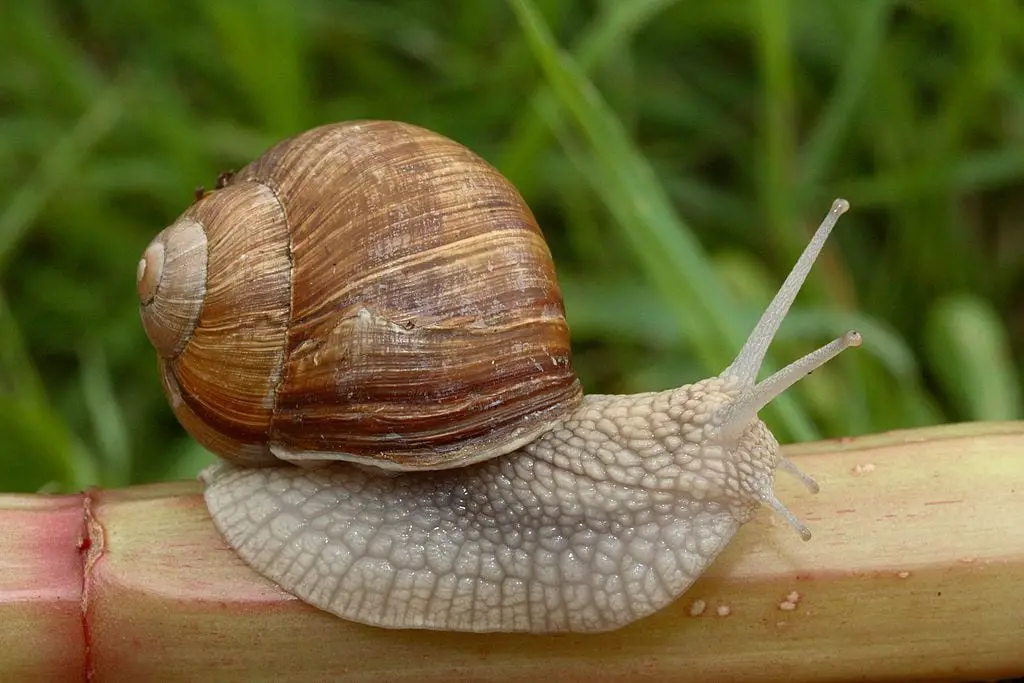
But let’s not forget about the banded wood snail (Cepaea nemoralis), which gets its name from its distinctive banding pattern on its shell. These colorful little critters can be found throughout Europe and have been known to hibernate during the winter months.
And that’s just scratching the surface! Stay tuned for more exciting snail names in our next sections.
Common Snail Names
Romancing the Snail: A Guide to Common Names
Snails come in all shapes and sizes, and each species has its own unique name. In this section, let’s start with a few you might find in your backyard.
The Garden Snail (Helix aspersa)
One of the most well-known snail species is the Garden Snail (Helix aspersa). This species is native to Europe but can now be found all around the world. They are often seen in gardens and parks where they feed on plants and garden vegetables. Garden snails have a brownish-yellow shell with dark stripes or spots.
The Roman Snail (Helix pomatia)
Another popular snail name is the Roman Snail (Helix pomatia). This species is also native to Europe but can be found in other parts of the world as well. Roman snails are larger than garden snails and have a distinctive golden-brown shell with dark brown stripes.
The Brown Garden Snail (Cornu aspersum)
The Brown Garden Snail (Cornu aspersum) is another common name you may have heard of before. This species is actually a subspecies of the garden snail but has become so widespread that it has its own common name. Brown garden snails have a light brown shell with dark stripes or spots.
The Banded Wood Snail (Cepaea nemoralis)
We also have the Banded Wood Snail (Cepaea nemoralis). As their name suggests, these snails live in wooded areas and can often be found crawling on trees or other vegetation. They have a colorful shell that varies from light yellow to dark brown with distinct bands of color.
The Apple Snail (Pomacea canaliculata)
Another common snail name you might come across is the Apple Snail, scientifically named Pomacea canaliculata. Originating from South America, the Apple Snail has since found its way into various parts of the world due to its popularity in the aquarium trade. This snail is a large, freshwater species, known for its round, apple-like shape. Its shell can range from yellowish-brown to dark brown, often with dark spiral bands. Despite their attractive appearance, Apple Snails can pose ecological threats as invasive species, consuming large amounts of aquatic vegetation and outcompeting native species.
These five common snail names represent just a small fraction of all known snail species. By learning more about these fascinating creatures, we can develop a greater appreciation for their role in our ecosystem.
Uncommon and Unique Snail Names
Snails come in a variety of shapes, sizes, and colors. While some may have common names like “Garden Snail” or “Brown Garden Snail,” others have more unique names that can make them stand out. In this section, we’ll explore some of the most uncommon and unique snail names out there.
Polymita picta or “Cuban Land Snails”
Polymita picta, also known as the Cuban land snail, is a species of colorful snails that are native to Cuba. These snails are known for their brightly colored shells that feature various stripes and spirals.
The colors can range from shades of blue and green to reds, oranges, and yellows. Due to their striking appearance, Polymita picta has been hunted for its shell by collectors in the past.
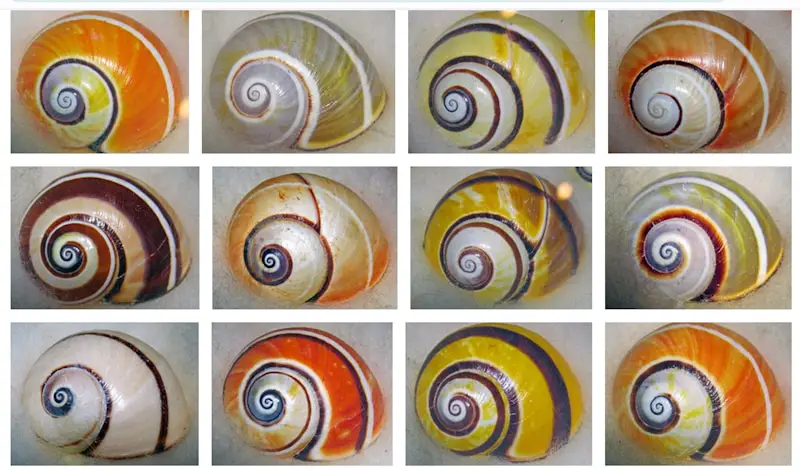
However, the hunting of these snails has led to their classification as critically endangered due to over-collection. Today, they are protected by law in Cuba as well as international trade agreements under CITES (Convention on International Trade in Endangered Species).
Achatina fulica or “Giant African Land Snails”
Achatina fulica or Giant African Land Snails are one of the largest species of land snail found throughout East Africa down to South Africa. They were first recorded outside their native range in 1847 when they were introduced into Mauritius through colonial trade routes.
These snails can grow up to 30cm long and weigh up to 1 kg! They’re also known for their voracious appetites – eating up to 500 different plant types! Because they reproduce so quickly (one female can lay around 500 eggs per year), these snails have become invasive pests in many parts of the world where they’ve been introduced.
Helicostyla punctata or “Polka Dot Tree Snails”
Helicostyla punctata, commonly known as the Polka Dot Tree Snail, is a tropical snail species found in Southeast Asia. They have a bright yellow-orange shell with small black spots that resemble polka dots, giving them their unique name. These snails are arboreal creatures and are often found on trees and shrubs.
They feed on algae and lichen growing on tree bark using their rasping mouthparts to scrape it off. Unfortunately, habitat loss due to deforestation is a major threat to these snails’ survival.
Partula taeniata or “Samoan Tree Snails”
Partula taeniata, also known as the Samoan Tree Snail, is an endangered species of tree snail that is endemic to Samoa. These snails are known for their intricately patterned shells that feature stripes and swirls of various colors such as brown, green, and yellow.
In the past, these snails were common throughout Samoa but habitat loss due to deforestation has led to their decline in numbers. Conservation efforts have been put in place to try and save this species from extinction including captive breeding programs and re-introduction into protected habitats.
Janthina janthina or “Violet Sea Snail”
In our journey of snail discovery, let us dive into the ocean to meet the exquisite Violet Sea Snail or Janthina janthina. Unlike most snails that crawl along the ground or cling to surfaces, this marine species floats on the water’s surface in warm seas around the world. The Violet Sea Snail has a beautiful, lightweight shell, which is a deep purple color, and gives it its common name. These snails are pelagic, meaning they spend their entire lives adrift on the ocean currents, feasting on jellyfish.
The Zebra Nerite Snail
The Zebra Nerite Snail, with its striking pattern, is another unique and fascinating species. As the name suggests, this freshwater snail features a shell with a black and yellow striped pattern, reminiscent of a zebra’s markings. Originating from Eastern Africa, these small snails are beloved additions to freshwater aquariums due to their algae-eating habits. Not to mention, their beautiful pattern adds a splash of color to any underwater scene.
Tiger Eye Sea Snail
Finally, there’s the Tiger Eye Sea Snail, known for its stunning shell that mirrors the pattern found in a tiger’s eye gemstone. This marine snail, primarily found in the Western Atlantic Ocean, has a sturdy, glossy shell with dark brown bands spiraling around a lighter, orange-yellow background. The combination creates a captivating, eye-like effect, earning it the name “Tiger Eye.” These snails play an important role in their ecosystem by feeding on algae and other organic matter.
Each of these snail species, with their distinctive names and unique features, adds to the incredible biodiversity of the world’s ecosystems. Whether they’re floating on the sea’s surface or brightening up an aquarium, these snails indeed live up to the intrigue their names suggest.
Cone Snails
In the world of uncommon or unique snail names, one cannot overlook the Cone Snails, members of the Conidae family. These snails are known not only for their conical, intricately patterned shells but also for their potent venom. While the term ‘Cone Snail’ may not be as commonly used in everyday parlance, among marine biologists and shell collectors, these creatures are famous (or perhaps infamous) for their venomous sting, which they use to paralyze their prey. A note of caution: their venom, while primarily used for hunting, can be dangerous to humans, so they are not the kind of snail you’d want to accidentally step on during a beach vacation!
Mythical and Fictional Inspired Names
The world of snails transcends beyond the trails in gardens or the glass walls of aquariums and finds a remarkable place in popular culture as well. These slow-moving creatures have inspired a number of mythical and fictional characters in movies, TV shows, and literature. From the enchanting universe of animated series to the heart-touching tales on the big screen, snails have often served as symbols of perseverance, wit, and whimsy.
Gary the Snail from SpongeBob SquarePants
If you’ve ever watched an episode of the popular animated TV show SpongeBob SquarePants, you’ll be familiar with Gary the Snail. He’s a primary character on the show and is known for his sassy attitude and signature meow that he uses to communicate with SpongeBob.
Gary is definitely one of the most beloved snails in pop culture, and it’s easy to see why. His adorable meows and hilarious antics always have audiences laughing.
Interestingly enough, Gary isn’t just any ordinary snail; he has a purplish-blue coloration, which is quite unique compared to most land snails. This unique coloration adds to his charming personality and makes him even more endearing to fans of the show.
Turbo from DreamWorks’ Turbo
Another famous fictional snail is Turbo from DreamWorks’ animated movie Turbo. The film follows a garden snail named Theo who dreams of becoming a race car driver. When Theo accidentally gets sucked into the engine of a race car during a street race, he undergoes a genetic transformation that gives him incredible speed.
Renamed as “Turbo,” Theo sets out on an adventure to compete in the Indy 500 alongside human drivers. He faces numerous obstacles but eventually manages to make it through with the help of his fellow racing snails.
Turbo’s story teaches kids about perseverance and never giving up on their dreams no matter how impossible they may seem. It also highlights how even small creatures like snails can achieve great things with hard work and determination.
Escargot from Disney’s Ratatouille
Disney’s Ratatouille features another famous fictional snail named Escargot, who is actually used as an ingredient in the film’s signature dish. The movie’s protagonist, Remy the rat, befriends Escargot and saves him from being cooked by the villainous chef Anton Ego.
In the film, Escargot is portrayed as a French delicacy that is highly sought after by food connoisseurs. However, Remy’s actions show that even snails deserve compassion and respect.
Escargot serves as a reminder that all animals, no matter their size or perceived importance, should be treated with kindness and empathy. This message resonates strongly with viewers of all ages and has helped to raise awareness about animal welfare issues.
Fictional Icons and Animal Advocacy Unite
Fictional snails like Gary, Turbo, and Escargot have become beloved characters in pop culture due to their unique personalities and relatable stories. They also serve as important reminders about animal rights issues and the importance of treating all creatures with kindness.
Whether they’re meowing their way through adventures underwater or racing alongside human drivers at breakneck speeds, these fictional snails have captured our hearts in many different ways. It’s amazing how something as small as a snail can have such a large impact on our culture!
Scientific Naming of Snails
While common names like “garden snail” and “Roman snail” are easy to remember and understand, scientific names are much more complex but equally fascinating. Every living organism has a unique scientific name consisting of two parts, the genus and species name.
This system is called binomial nomenclature and was created by Swedish scientist Carl Linnaeus in the 18th century. The first part of the scientific name, or the genus name, is capitalized while the second part, or the species name, is not capitalized.
For example, Helix aspersa is a common garden snail with Helix being the genus and aspersa being the species. The combination of these two names creates a unique identifier for each species which helps scientists to classify organisms into different categories based on their physical traits and genetic makeup.
Explanation of Binomial Nomenclature
The use of binomial nomenclature in naming living organisms was a major breakthrough in science as it allowed for better organization and communication between scientists from different regions around the world. Linnaeus chose Latin as the language to create these names because it was widely used among scientists during his time.
In addition to creating a standardized system for naming organisms, binomial nomenclature also allows scientists to study evolutionary relationships between different species. For example, if two organisms have similar scientific names such as Helix pomatia and Helix lucorum then they are likely closely related based on their shared characteristics.
Examples of Scientific Snail Names
The vast diversity among snails is reflected in their scientific names which can be quite interesting and sometimes unimaginable. Some examples include:
- Aegopinella nitens: a small, shiny snail found in europe
- Cochlicella acuta: a land snail found in north america known for its elongated shell
- Achatina fulica: also known as the giant African snail, this species can grow up to 30 centimeters long!
- Buliminus truncatus: a common garden snail in europe with a truncated shell shape
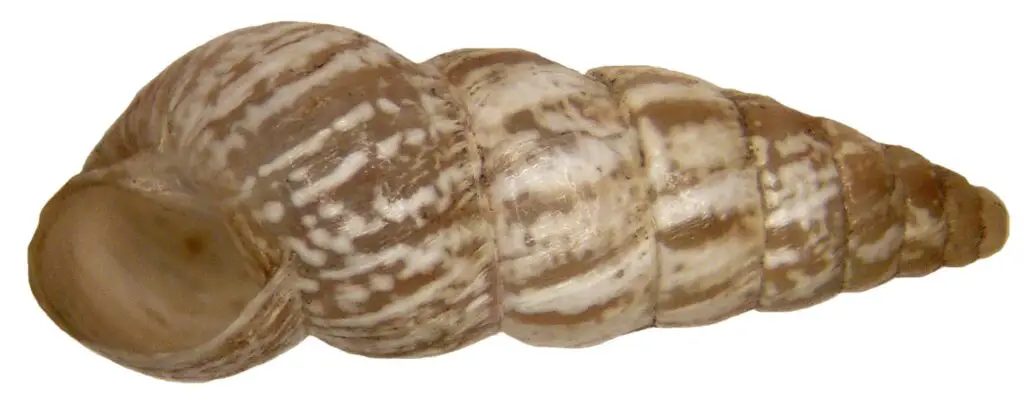
These scientific names not only describe specific physical characteristics of the snails, but also provide valuable information for studying their habitats, genetics and behaviors.
The scientific naming of snails may seem like a complicated topic at first glance, but it is an essential tool for scientists to better understand and classify the vast diversity among these fascinating creatures. From common garden snails to exotic tree snails, each one has a unique scientific name that tells a story about its evolutionary history and physical traits. The next time you see a snail in your garden or on a hike, don’t just think of it as another slimy creature – take a closer look and appreciate the complexity and beauty behind its name!
Summary of the Different Types of Snail Names Discussed
Snails are fascinating creatures that have a wide variety of unique and interesting names. In this article, we have explored the different types of snail names, from common names like Garden Snail and Roman Snail to more uncommon and unique ones like Polymita Picta and Helicostyla Punctata.
We also delved into mythical and fictional snails such as Gary from Spongebob Squarepants and Escargot from Ratatouille. We learned about the scientific naming process for snails, which uses binomial nomenclature to give each species its own unique name based on their physical characteristics.
Overall, there is so much to discover when it comes to snail naming. Whether you’re a fan of science or just enjoy learning about new things, exploring the world of snails is a great way to expand your knowledge.
Frequently Asked Questions
Q1: What’s the difference between freshwater, marine, and terrestrial snails?
A: Freshwater snails are aquatic creatures that live in ponds, lakes, and rivers. Marine snails inhabit saltwater environments like seas and oceans. Terrestrial snails, also known as land snails, live on land and are the kind we often see in our gardens.
Q2: Can snails be kept as pets?
A: Yes, many people keep certain species of snails as pets, particularly freshwater snails in aquariums or land snails in terrariums. It’s important to provide the right habitat, food, and care for them.
Q3: What are some famous snails in pop culture?
A: Some famous snails in pop culture include Gary the Snail from SpongeBob SquarePants, Turbo from DreamWorks’ Turbo, and Escargot from Disney’s Ratatouille. These characters have significantly contributed to snails’ representation in fiction.
Q4: Why are snails important in ecosystems?
A: Snails play a crucial role in ecosystems as they help in nutrient cycling and provide food for other animals. They’re also good indicators of environmental health.
Q5: Can snails be dangerous to humans?
A: While most snails are harmless to humans, some species can carry parasites and diseases, and others, like certain cone snails, can deliver venomous bites. Therefore, it’s essential to handle them with care and avoid consuming them unless they’re prepared properly.
Q6: What’s the significance of the various snail names in the article?
A: The names given to snails, whether they are pet names, scientific names, or names of snails in popular culture, often reflect the creature’s characteristics, habits, or appearances. They can also be indicative of the culture or region from which they originate.
Q7: How do snails reproduce?
A: Most snails are hermaphrodites, meaning they possess both male and female reproductive organs. However, some species like Apple Snails have separate sexes. They lay eggs which, when hatched, emerge as tiny snails.
Q8: What do snails eat?
A: Snails are mostly herbivores and eat a variety of plant materials, fruits, and vegetables. Some species are omnivores or even carnivores, feeding on small invertebrates. Check out this post for more detailed information,
Final Thoughts
As we wrap up this article on snail names, it’s important to remember that these creatures play an important role in our ecosystem. They may be small, but they contribute significantly to soil health by breaking down organic matter into nutrients that plants can use. It’s easy to overlook the importance of small creatures like snails in our daily lives.
However, by learning more about them and appreciating their uniqueness through their various names, we can gain a deeper understanding of the world around us. So next time you see a snail in your garden or out on a walk, take a moment to appreciate their beauty and significance.
Who knows? You just might end up discovering a new favorite type of snail name!

